Discover More Topic Guides
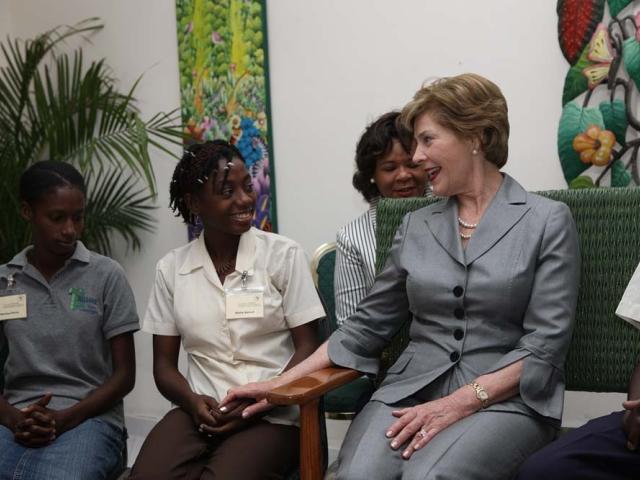
Health

Environment
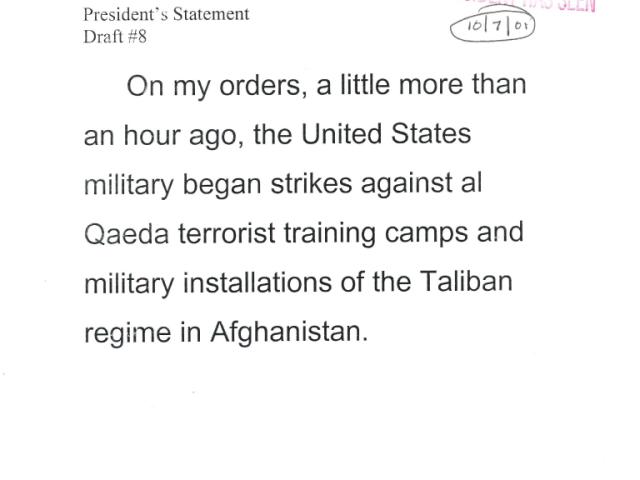
The War In Afghanistan
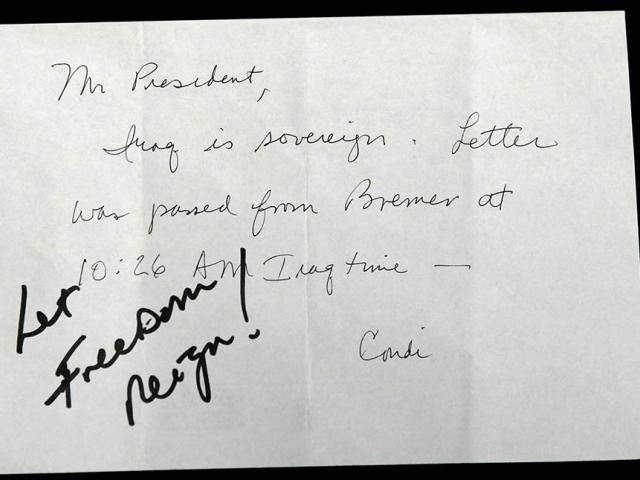
The Iraq War
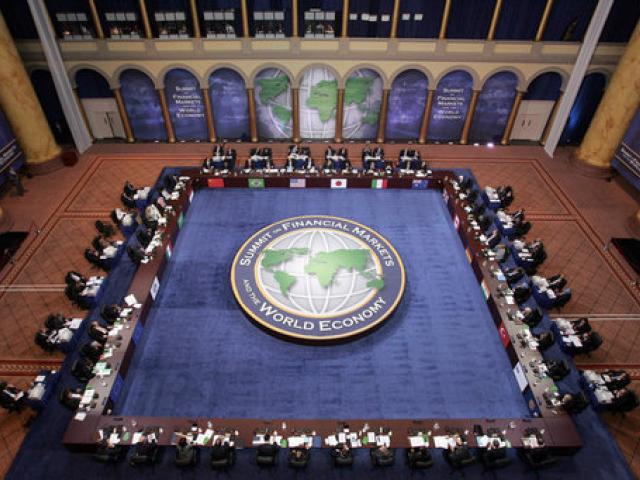
International Trade
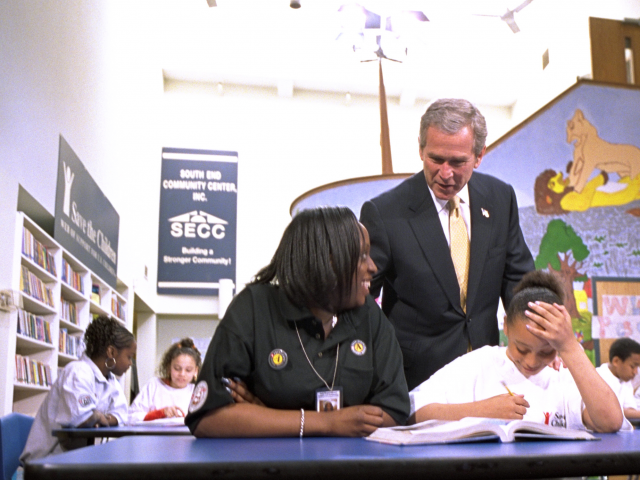
For a detailed list of offices within the Executive Office of the President (EOP) during the Bush Administration, please download the Archival Research Guide:
The Executive Office of the President, or EOP, is made up of offices that support the President. Each office has a different function. Some offices oversee and coordinate the work of others, while some deal with domestic or foreign policy. There are administrative support offices, as well as offices that act as liaisons with the public, Congress, or members of the Cabinet.
Two laws apply to records created by the Executive Office of the President: the Presidential Records Act and the Federal Records Act.
The George W. Bush Presidential Library holds records that are governed by the Presidential Records Act. These records come from the following offices:
The George W. Bush Presidential Library also holds records from the Office of Laura Bush, which supported her official duties as the First Lady.
Records created under the Presidential Records Act can’t be requested under the Freedom of Information Act (FOIA) until 5 years after the President left office. President George W. Bush’s records became subject to FOIA on January 20, 2014.
For more information about submitting a FOIA request for these records, please visit our “Submit a FOIA Request” page.
The Office of the Vice President also creates Presidential records, but they are not stored at the George W. Bush Presidential Library. To access Vice President Cheney’s records, please visit the National Archives and Records Administration’s website.
To submit a FOIA request for Vice Presidential records, contact the Archival Operations Division at presidential.materials@nara.gov.
The following offices created Federal records:
If you want to access older Federal records, please visit the National Archives and Records Administration’s “Research Our Records” page to search the Catalog or contact reference staff.
Records that were created more recently may still be in the custody of the creating department or agency. Please contact the agency directly to submit a FOIA request.
The United States Secret Service is not a part of the Executive Office of the President. The Homeland Security Act of 2002 moved the Secret Service from the Department of the Treasury to the Department of Homeland Security.
The United States Secret Service creates Federal records. If you want to access Federal records, please visit the National Archives and Records Administration’s “Research Our Records” page to search the Catalog or contact reference staff.
The White House Office, or WHO, is made up of staff that directly serve and support the President. There are many offices within the WHO that advise on policy, offer administrative support, work with Congress, or communicate the President’s goals. The White House Office is overseen by the Chief of Staff, who organizes the other offices and ensures that the White House operates smoothly.
When the President has needs that are not met by the current White House Office, the WHO might be restructured. New offices might be created, or some offices might be eliminated. For example, President George W. Bush created two new offices: the USA Freedom Corps and the Office of Faith-Based and Community Initiatives. These offices promoted volunteerism and supported community and faith-based organizations.
The Council of Economic Advisers (CEA) was established by Congress in 1946. The CEA advises the President on economic policy and prepares the Economic Report of the President. There are three members, including a Chair that is appointed by the President and confirmed by the Senate.
The National Security Council (NSC) advises the President on national security and foreign policy. President George W. Bush’s National Security Council included:
When it was appropriate, the Attorney General, the Director of the Office of Management and Budget, and heads of other executive departments and agencies were also invited to attend.
The Office of Administration (OA) provides administrative, information technology, human resources, and other support to the Executive Office of the President (EOP).
President Richard M. Nixon created the Office of Policy Development (OPD) to oversee economic and domestic policy. Later, President William J. Clinton split the Office of Policy Development into the Domestic Policy Council and the National Economic Council.
The National Economic Council coordinates the President’s economic policies and ensures that they are implemented in Federal agencies.
The Domestic Policy Council (DPC) advises the President on domestic policy. Under President George W. Bush, the DPC was affiliated with the Office of National AIDS Policy, the USA Freedom Corps, and the Office of Faith-Based and Community Initiatives.
President Dwight D. Eisenhower created the President’s Board of Consultants on Foreign Intelligence Activities in 1956. The board was later renamed to the President’s Foreign Intelligence Advisory Board. President George W. Bush’s board consisted of sixteen members, who advised the President on intelligence matters.
The following carefully selected resources, some of which are from the George W. Bush Presidential Library, provide further information about the Executive Office of the President (EOP).
The National Archives and Records Administration also maintains the Archived White House Website as it existed on January 20, 2009, when President George W. Bush left office. The page on the structure of the Executive Office of the President can be found here.
Sources:





